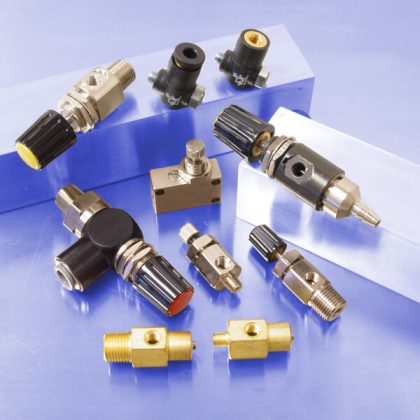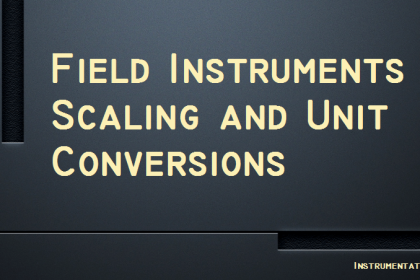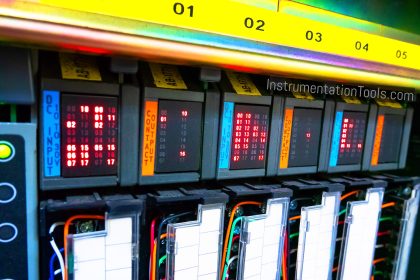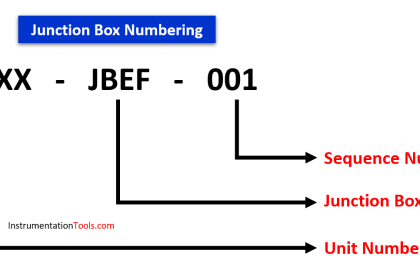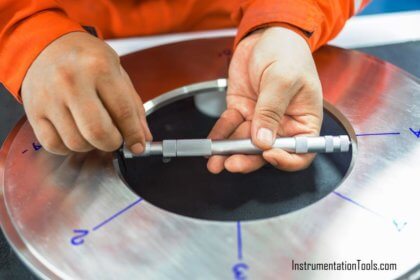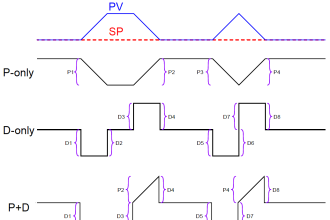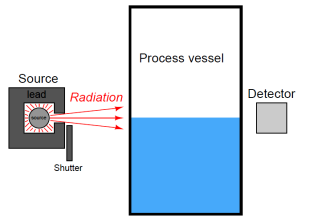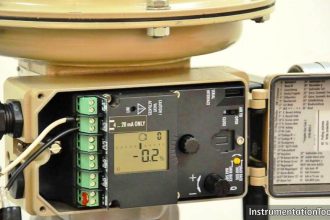The terms Flow Control & Needle Valve are often interchanged resulting in confusion when it comes to product selection. The difference between the two valves is explained below.
Flow Controls & Needle Valves are used to reduce the rate of flow in a leg of a pneumatic circuit, consequently slowing actuator speed. Although the basic function is flow restriction, the fundamental difference between the two is the Needle Valve controls flow in both directions (bi-directional) and the Flow Control Valve controls flow in only one direction (allowing free flow in the opposite direction). In both the Flow Control & the Needle Valve, a finely threaded stem allows gradual adjustment of the amount of controlled flow passing through the valve. Flow enters the input port, travels through an orifice sized by the tapered stem and out the output port. The Flow Control features a by-pass check which then allows rapid free flow from the output port through the input port.
There are two types of Flow Controls to keep in mind and their selection & placement within a pneumatic circuit greatly affects the function of an actuator.
- A Meter-In Flow Control (also referred to as a Reverse Flow Control) restricts the flow to an actuator.
- The most commonly used Flow Control is a Meter-Out valve which controls the exhaust flow from an actuator.
When selecting a Needle Valve or Flow Control for your pneumatic circuit, it is imperative that you know your flow rate requirements. The speed of the related actuator is dependent upon how quickly the actuator can be filled with air at the input and exhausted at the output.
Also Read: How to Select a Directional Valves
